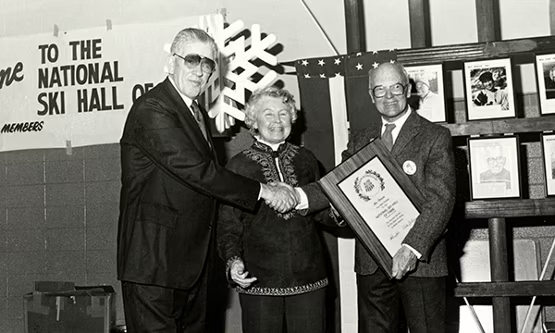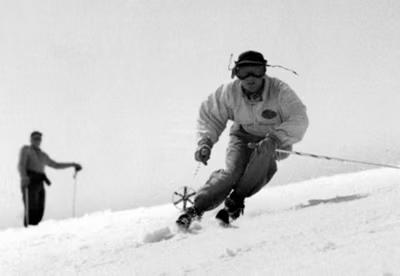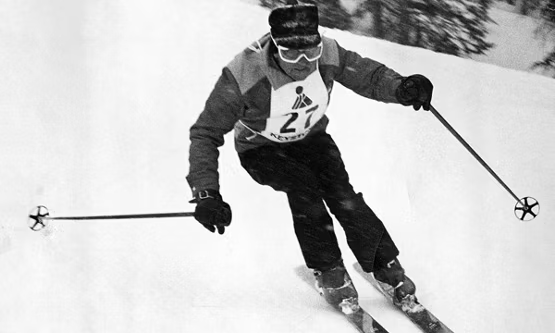Today, Keystone stretches 7 miles along the Snake River, over 3 mountains, with 3,128 vertical feet, 3,148 acres of terrain, and 3 vibrant villages with shops, stores, bars, acclaimed restaurants, first-rate conference facilities and wonderful accommodations to meet any need. Keystone also has two world-class golf courses, renowned downhill mountain biking, horse stables, spas, lake activities and much, much more. Nestled between three separate mountains featuring five expert bowls, gladed tree skiing, smooth cruisers, mogul-covered runs as well as wide, groomed designated slow skiing trails, Keystone is a haven for skiers and snowboarders of all levels and abilities.
When Max Dercum, along with his wife Edna, founded Keystone back in 1970, he knew how much fun it was to slide down snowy mountains on a pair of skis. The feeling was even better with a smile on your face, next to friends and family, in a beautiful spot high above the rest of the world. Along with the Dercums, Bill and Jane Bergman helped shape Keystone. Bill was the first president of the resort, and the inspiration for Bergman Bowl. Family, friends, and fun—that's what Keystone was, and still is, all about.

When you are riding down the keystone mountains, you see some starnge lift and trail names such as "lower Gassy," "Jackwacker," and "Saw Whiskers." many of the trail and lift names originated from the areas rich logging and mining history and some were named after the people who lived here along time ago.
A burro racer. The miner who dove the ore-laden burros or "jacks" with a long whip was known as a whacker (Thus the name). This is also the name of a lake at the head of Geneva Gulch.
A mine. One of the investors, a Pennsylvania Dutchman, was an old timer back at the turn of the century. His parents were very poor and belonged to the "cracker class," a name given to them because they lived principally on cracked corn and wild game, which they secured with the crack of their rifles. The Dutchman was a small man, and his old patch and ball rifle were so heavy that he had rest when he shot. But the boys said he could shoot the eye out of man from a mile away.

Although never an official town, this was a convenient title for a group of boarding houses and miners' cabins around the Peruvian Mine. It is also the site of the famous Gassy Thompson swindle.
This was originally named Coleyville after J. Coley, who discovered silver ore in 1863 on the crest of Glacier Mountain. Coley smelted galena sulfides in a crude furnace with a flue built from a hollow log encased with rocks and clay. In 1867, it was renamed Saints John by a group of Freemasons in honor of their patron Saints, Saint John the Baptist and Saint John the Evangelist. This unique town, in that it did not have a saloon but did have a library, was eventually taken over by "eastern capitalists."
